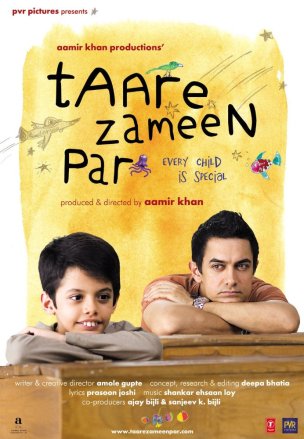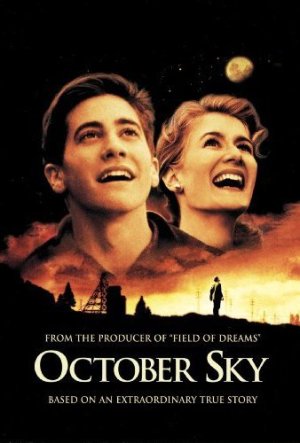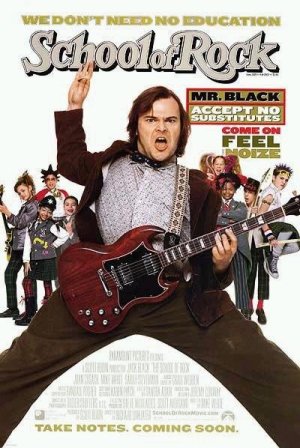Language teachers have been using films in their classes for decades, and there are a number of reasons why film is an excellent teaching and learning tool.
Learning from films is motivating and enjoyable
Motivation is one of the most important factors in determining successful second-language acquisition. Films and TV shows are an integral part of students’ lives so it makes perfect sense to bring them into the language classroom. Film, as a motivator, also makes the language learning process more entertaining and enjoyable.
Film provides authentic and varied language
Another benefit of using film is that it provides a source of authentic and varied language. Film provides students with examples of English used in ‘real’ situations outside the classroom, particularly interactive language – the language of real-life conversation. Film exposes students to natural expressions and the natural flow of speech. If they are not living in an English-speaking environment, perhaps only film and television can provide learners with this real-life language input.
Film gives a visual context
The ‘visuality’ of film makes it an invaluable language teaching tool, enabling learners to understand more by interpreting the language in a full visual context. Film assists the learners’ comprehension by enabling them to listen to language exchanges and see such visual supports as facial expressions and gestures simultaneously. These visual clues support the verbal message and provide a focus of attention.
Variety and flexibility
Film can bring variety and flexibility to the language classroom by extending the range of teaching techniques and resources, helping students to develop all four communicative skills. For example, a whole film or sequence can be used to practise listening and reading, and as a model for speaking and writing. Film can also act as a springboard for follow-up tasks such as discussions, debates on social issues, role plays, reconstructing a dialogue or summarising. It is also possible to bring further variety to the language learning classroom by screening different types of film: feature-length films, short sequences of films, short films, and adverts.

There are countless ways in which movies can support your lesson.
For example, they can be used to:
- Reinforce a grammar point
- Listen for gist
- Practice vocabulary
- Discuss and debate
- Role play
Movies are a brilliant way for students to hear up-to-date authentic speech and be exposed to various accents. And because there are countless movies based on an infinite amount of things, you can use them to introduce or spark discussions about a certain topic, be it a historical event, a time period or the culture of a foreign country.
And of course, by bringing popular movies into your lessons, you show students how they can learn from and practice English when watching movies in their own time.
References
https://www.britishcouncil.org/voices-magazine/how-can-film-help-you-teach-or-learn-english
http://www.fluentu.com/english/educator/blog/esl-movie-lessons/




